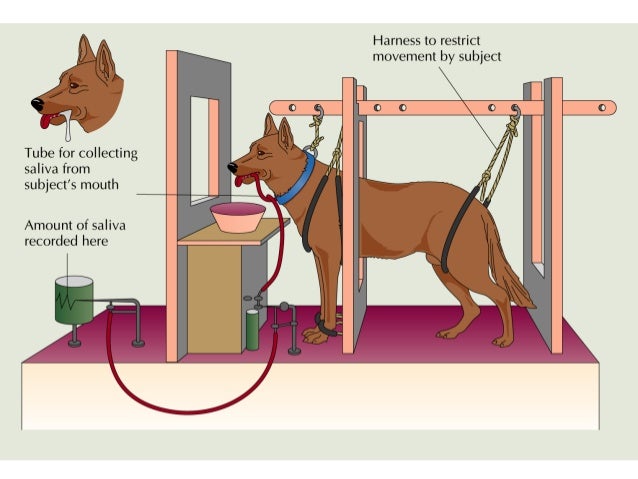- Task 2: False Memory and Serial-Positioning Effect-Memory Chapter
- Option 2: Video
- https://youtu.be/6g_IFnsUC9c (sorry for the dogs barking in the background).
Monday, March 12, 2018
M4-Experiential Task
Memory Related Disorders and Forgetting
Memory makes us who we are. Our memory is used as a storage unit to facilitate and organize the information we gather day to day. Think of the who, what, when, and where you recognize everyday, without memory those key senses would not be a factor in your life. You pretty much wouldn't be able to function. Unfortunately, there are some memory disorders present in our environment that can cause neurological damage and can harm the recollection of memories. Two disorders I want to focus on today are the Alzheimer's disease and Huntington's disease.

Alzheimer's disease:
"Alzheimer's is a type of dementia that causes problems with memory, thinking and behavior." (alz.org). Alzheimer's disease are extremely progressive, meaning that they gradually get worse over time, slowly but surely. Alzheimer's is not a normal effect of aging, but it's much more common in older age, specifically 65 or older. Alzheimer's disease is divided into three stages: mild, moderate, and severe. The mild stage allows the individual to still function independently but may cause them to forget familiar words or locations of common objects. The moderate stage is the most frustrating stage for the individual as this is the longest stage. The level of care will increase as time passes on this stage increases difficulty perform routine task and express thoughts. The severe stage is the final stage in which causes an individual to lose the ability to carry on an individual, and respond to their own environment. This may ultimately lead to death. The discoverer of this disease is Alois Alzheimer.
Huntington's disease:
Huntington's disease is another progressive disease that breakdown the nerve cells in the brain. Unlike Alzheimer's disease in which is more common in older age, Huntington's disease is common in the prime working years of an individual, (30-50). When dealing with family, every child that has a parent with Huntington's disease has a 50/50 chance of receiving that particular gene for that disease. This disease also contains three stages, the early stage deals with changes in coordination, involuntary movements, and difficulty thinking through problems. The middle stage progresses the difficulty in movement disorders, trouble swallowing and poor speech may occur. In the late stage, an individual may be totally dependent of others for care. Choking is likely to be more of a problem and this stage will inevitably lead to death. Weight loss is a huge symptom when dealing with all the stages.

Unfortunately, my great grandfather got Alzheimer's disease as he into his old age. I did not know him personally due to him reaching his death before we ever got to meet. My father discussed with me, having to take him in his last couple of years due to him not being able to care for his own well-being. The emotional toll of the disease is not only taken upon the individual affected but their loved ones as well. My dad would talk to me about the days his grandfather would forget who his own grandson and daughter is. I couldn't imagine of the frustration and emotional pain that would inflict on them.
Works Cited:
- https://www.alz.org/alzheimers_disease_stages_of_alzheimers.asp
- http://hdsa.org/what-is-hd/
- https://www.nia.nih.gov/health/what-are-signs-alzheimers-disease
- https://www.everydayhealth.com/longevity/mental-fitness/brain-exercises-for-memory.aspx
Monday, March 5, 2018
Learning
What is learning?
The learning process all depends on life experience. With that being such a huge component, learning can occur anywhere. People may identify learning as going to school and sitting in multiple lectures that are meant to fill your head with a variety of knowledge, but learning is so much more than that. Learning is occurring in our everyday activities we perform without our own awareness. With that, there is a variety of ways learning can be performed, such as: observational learning, operant conditioning, classical conditioning and a variety of others. One in particular I want to focus on is classical conditioning.
Classical Conditioning:
Classical conditioning is a major form of learning which is commonly used in modern day. In Ivan Pavlov, a major figure in psychology, performed research over dog salivation before food arrival by focusing predominately on classical conditioning. In chapter 6 of the psychology book provided, classical conditioning is defined as "a form of learning in which animals or people make a connection between two stimuli that have occurred together such that one predicts the other." The two stimulus are identified as neutral stimulus: stimulus causing no response, and a unconditioned stimulus: stimulus that creates response with no learning required. In Pavlov's experiment, he used a bell as the neutral stimulus and food as the unconditioned stimulus. In the experiment, he would ring the bell so it could alarm the dog that he could eat. He would repeat this experiment over and over to allow the dog learning process to think that whenever he heard a bell, that he was getting food which in effect would cause salvation. He found the solution he was looking for all along, as soon of the sound of the bell hit the dogs eardrum, the dog would begin salivating even if he wasn't getting food because his recent experiences caused receiving food to be identified with the sound of a bell.

This classical conditioning fascinated me into thinking how its used in our modern day world. Advertising, the ability to communicate with users of a particular service or product. This is one of the most commonly used tools that practice classical conditioning without even knowing it. Instead of identifying their practice as classical branding, they define it as branding: pairing a product with something users will like or find exciting. Where branding really relates with classical conditioning is the use of repetition by commercials, billboards, posters, and even park benches. One example could be how big sport apparel brands (Nike, Adidas, Under Armour...) pair up with superstar athletes to be a face for their brand. The public begins recognizing the brands more and more due to the athletes that sponsor it. 

Real World Example:
Classical conditioning can be performed with the simplest of tools. One example of classical conditioning I saw from The Office has really intrigued me to go out there to try it for myself. In this Jim is experimenting with this certain form of learning with Dwight. He uses the sound Windows makes when it reboots as the neutral stimulus and mints as as the unconditioned stimulus. Whenever Jim would make the sound of the Windows computer rebooting, he would offer Dwight a mint. He repeated this process several times until one day when Dwight stuck his hand out for the mint instantaneously due to the sound of Jim's Window computer reboot. Though this was done on a television show, this is a perfect example of using minimal materials you can find at home to set up an experiment for classical conditioning.

Works Cited:
-Chapter 6 from the text provided:
file:///C:/Users/jgsar/Downloads/Week%207_Chapter_Pomerantz1e_Learning%20(2).pdf
-The Office example:
https://vimeo.com/35754924
-First image:
https://kkcd.wordpress.com/2013/10/17/principles-of-psychology-as-they-apply-to-learning-and-education/
-Second image:
https://www.slideshare.net/UDDent/learning-theories-1
-Third image:
https://www.moreaboutadvertising.com/2014/03/adidas-launches-world-cup-with-messi-in-fast-or-fail/
-Fourth image:
https://www.theodysseyonline.com/jims-best-pranks-on-dwight
Subscribe to:
Comments (Atom)